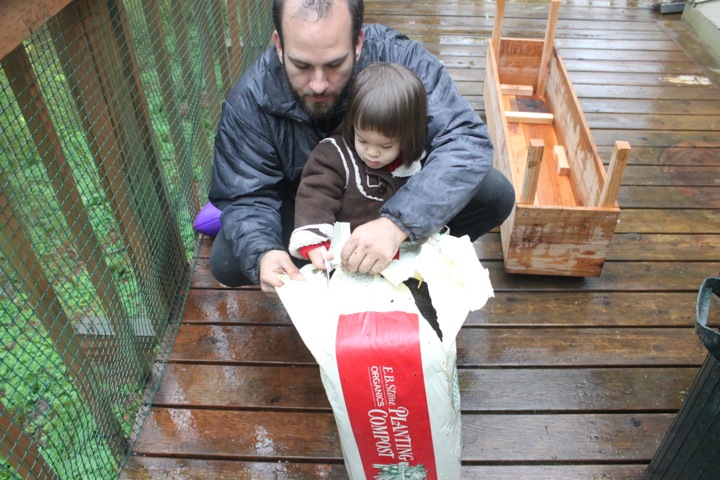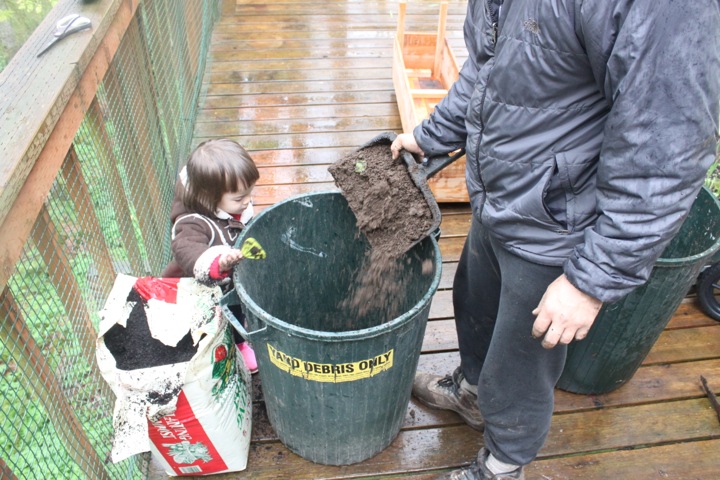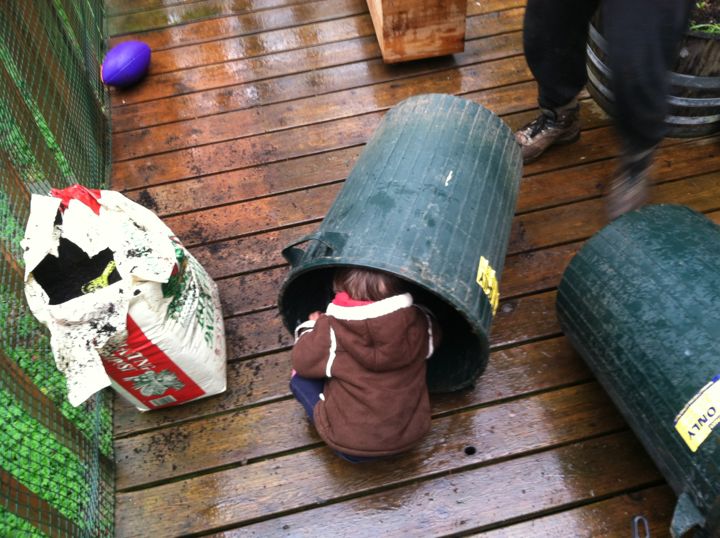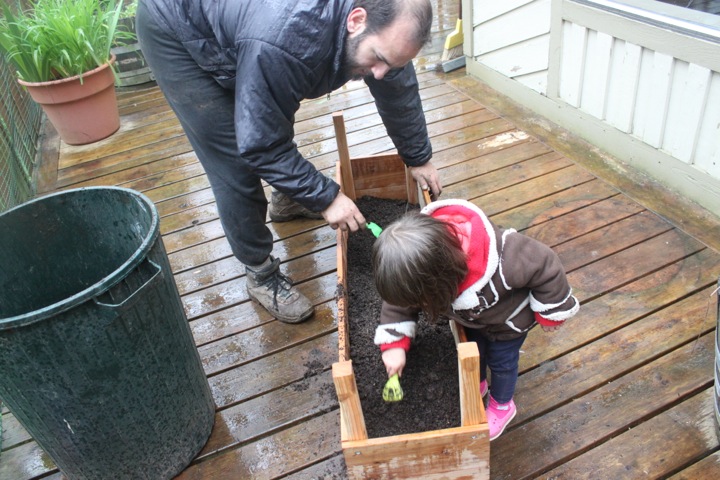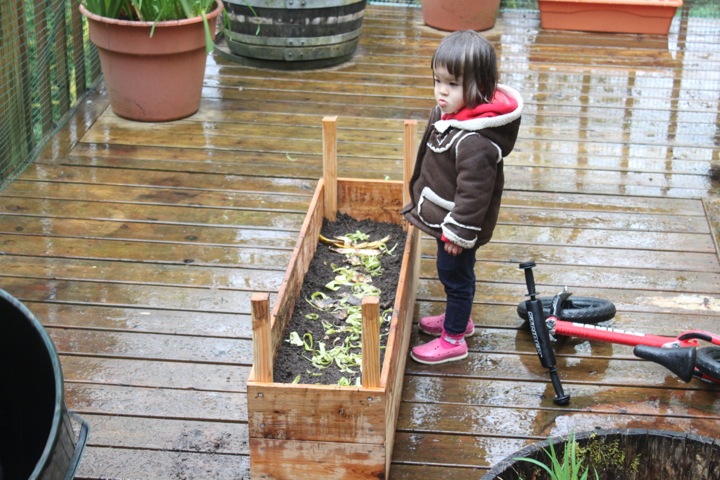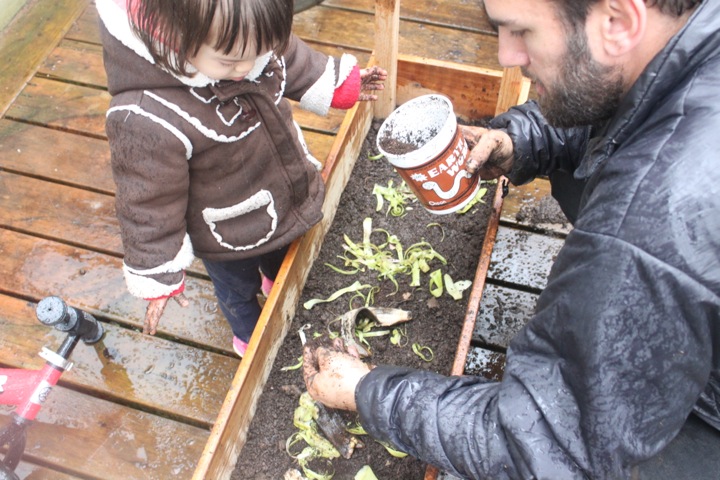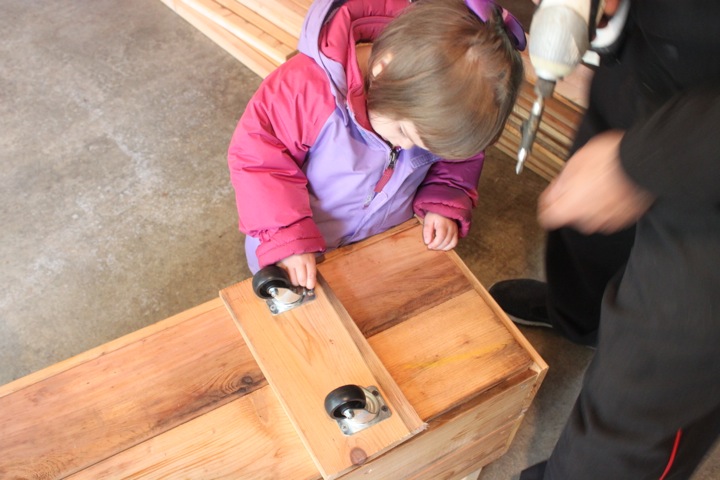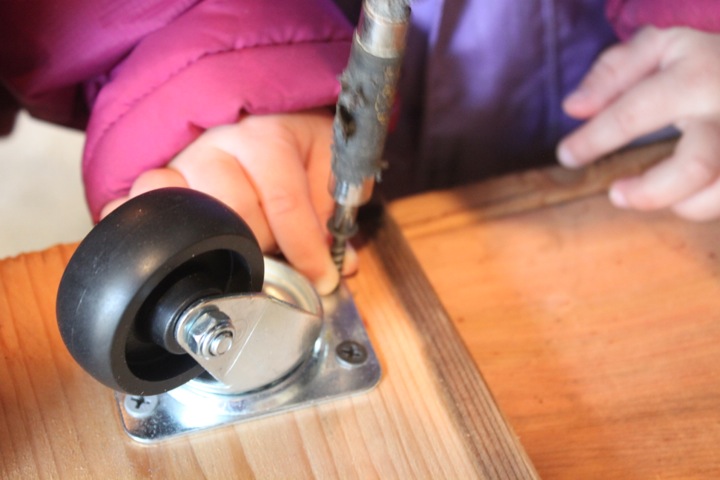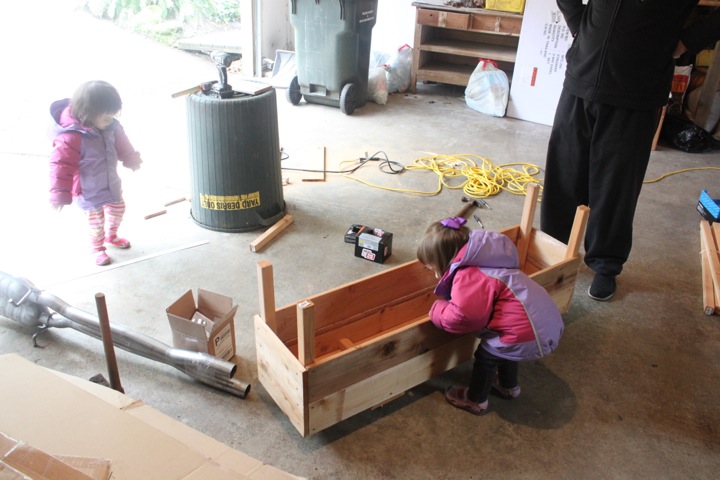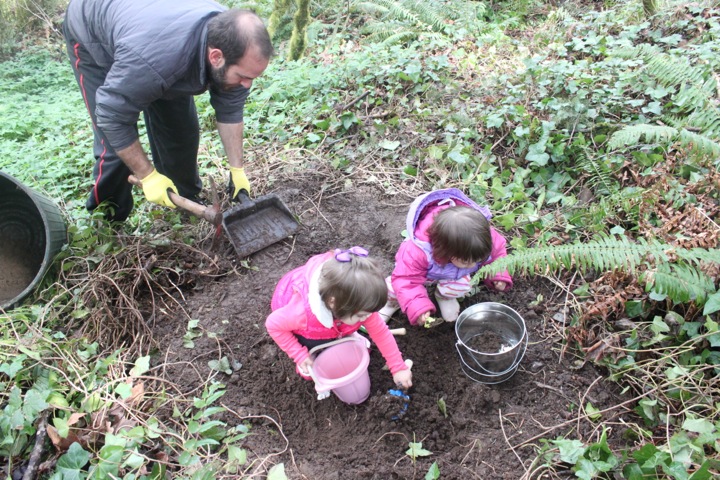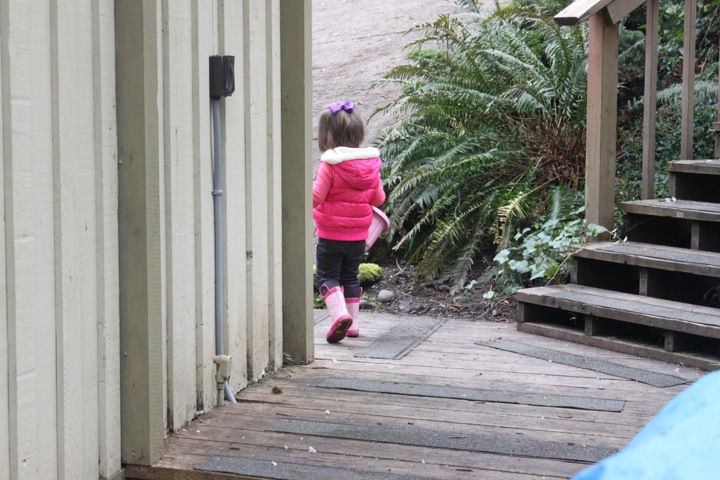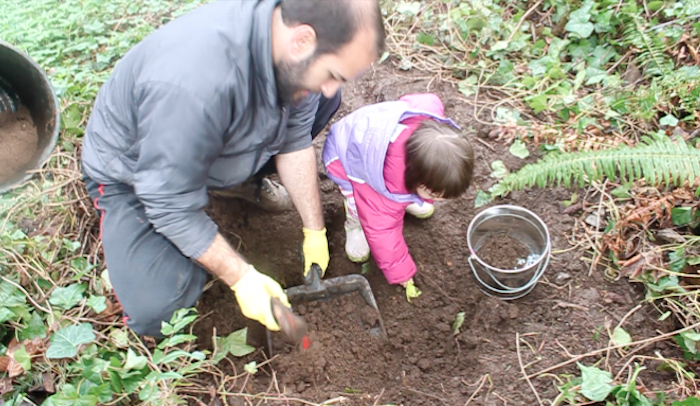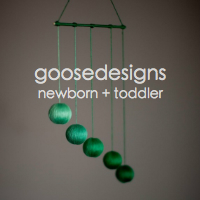B and M are learning so fast these days I have a hard time keeping up with them. I’m often turning to my Montessori training and community to see what else I can give them to keep up with their growth.
Children are in a sensitive period for language from 0-6. I don’t know how it happened: just a few months ago, they hardly showed any signs of understanding what I was saying, and all of a sudden, not only do they understand both English and Chinese, they know where to find the “rhinoceros,” “toothbrush,” “tulips,” “measuring tape” and “kiwi” in the house. They can follow commands like, “Please get your shoes,” “Bring the bowl to Daddy,” “Please get some tissues and wipe up this spill,” “Peel the banana and put it in the mixing bowl.” All of this happened so fast I think it’s fair to call it an EXPLOSION!
When I visited a Montessori classroom, I was very inspired by the way the children loved and absorbed the language material. I’ve adapted my own version. Here is a great way to give your toddler more language while enhancing their sensorial learning.
Get a couple baskets/containers and fill them with items from several different categories. Here are some examples:

Household items – you can include things like binder clips, pencil case, a set of keys, ruler, measuring tape
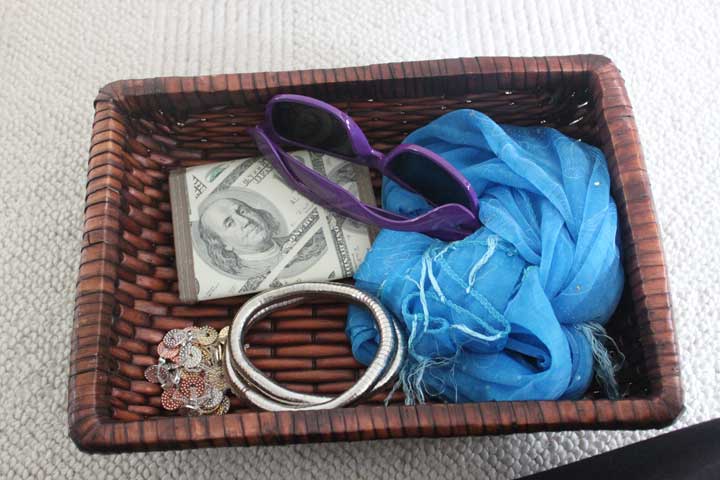
Items you need before you go out – include items like sunglasses, wallet, metrocard, bracelet, necklace, watch, scarf, etc.
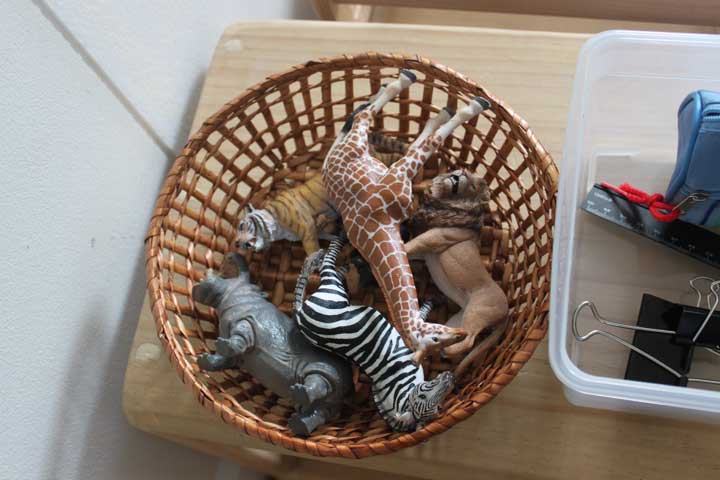
Animals – I bought mine from a company called Schleich. Their animal figurines are based on real animals. They are awesome.
I added these baskets one by one over several weeks. This is how you can present it to them:
- First, prepare the basket and put in on their shelf the night before.
- When they first see the new basket, they would invariably rush to see what’s inside. Say, “Do you want to see what’s inside? Let me show you!”
- Pick up the basket with BOTH hands, decide where to sit, then clear everything out of the way, so the area is clean from other distractions. Then, invite them to sit down next to you.
- Roll out a small rug on which to place the items. Begin to take out each item, naming them as you lay them out from left to right. (Left to right gets them used to the direction we read and write in the English language)
- If they try to reach out to grab it because they’re so excited, say, “It’s my turn right now. When I am done, I will let you have a turn.”
- After you lay them all out, put each item back one by one into the basket, again naming them as you put them back.
- Repeat this 2-3 times.
- When you are done, let them have a turn. Then LEAVE THEM ALONE without interrupting them. Let them further discover the items on their own.
- Repeat this 2-3 times over the next couple days or as often as you feel they need.
- Note: Keep this basket in a place that is easily accessible to them at all times.
These baskets are very popular with our kids, as well as all the kids who come to visit us. We always take one of these baskets with us to restaurants in case we need something to entertain them before and after meals. And it keeps them hooked.
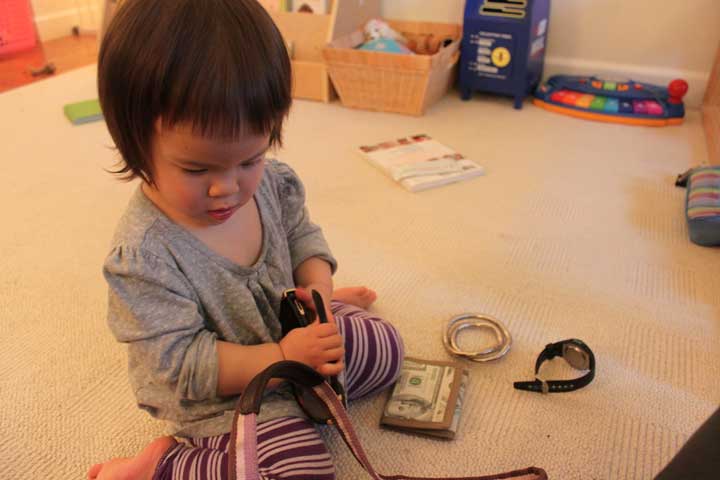
Mackenzie is going through her “purse” and trying on the various items
When you are choosing what to give them
If you can give them the real thing, don’t use a replica. Yes they will throw the banana a few times till it gets bruised and the sunglass lens will get a little scratched, but so what? Real items are more interesting and offer them so much more sensorial learning than plastic replicas. A real mango can be experienced with all five senses, a plastic one only looks good. While you’re waiting for the fruits to ripen, put it to good use by letting the children have a chance to explore them! In a similar way, children who are allowed to use real silverware, glass cups and bowls learn to be careful with them, whereas children who use plastics all the time have much less awareness. When Brooke was 13 months, she broke a glass. It was a scare, but we swept, vaccummed and everything ended up being fine. Since then, she always handles the glass with care, whether she is bringing it to the table to use or bringing it to the sink to be washed. We’ve never had a second broken glass since!

A fruit lesson – all real fruits! Even Nola, our little visitor, loved touching the avocado!




